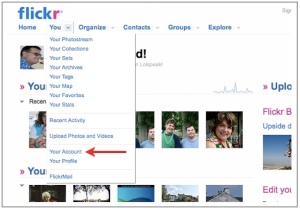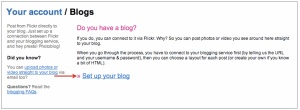I’ve been studying social media policies by companies, organizations, non-profits and even governments. It’s been about a year since I last looked over policies, and in just one year, the policies have grown in length and complexity. Every organization (whether you have a web presence or not) might want to consider writing up policy for protection and clarification as to what is acceptable and not acceptable behavior in relation to your organization and your employees (or members).
Here are a few highlights from my current research:
1. Policies are evolving. This is obvious but it exagerated by the rapid changing online technology. Each new technology raises new questions and challenges. The challenges of twitter vs facebook vs youtube vs blogging have similarities but yet each platform bring distinct questions to the table. For example, media sites like youtube are full of excellent and relevant teaching/training resources that may not be accessible if you block it companywide. I think there is still a challenge for addressing nuance in each platform.
2. Code of Conduct – Companies like IBM and Intel are referencing a seperate code of conduction that outlines expectations concerning how employees behave off line and online.
3. Three Types of Regulations – There are at least three different types of social media policies: organizational participation, employee participation, and user participation. While not all companies have policies for all three types of content, it is worth thinking about all three. All three types address legal issues of content ownership, confidentiality, and privacy issues. Organizational policy defines why the company is participating, how the company will officially participate, who is allowed to participate, and where this happens. Employee participation policies address everything from using social media at work, creating social media content, to mentioning the company (at work or away and the expectations for disclosure that they are a company employee). While I didn’t see much about social media within the company intranet, I think there it is relevant and important to encourage while providing direction for great engagement with company intranets (and social media applications) but that is another question. Lastly, companies are addressing user participation on company sites with regulations or suggestions about expected behavior as well as content use and customer liability for post content they don’t own.
123 Social Media has a good list of social media examples is you’re interested.








